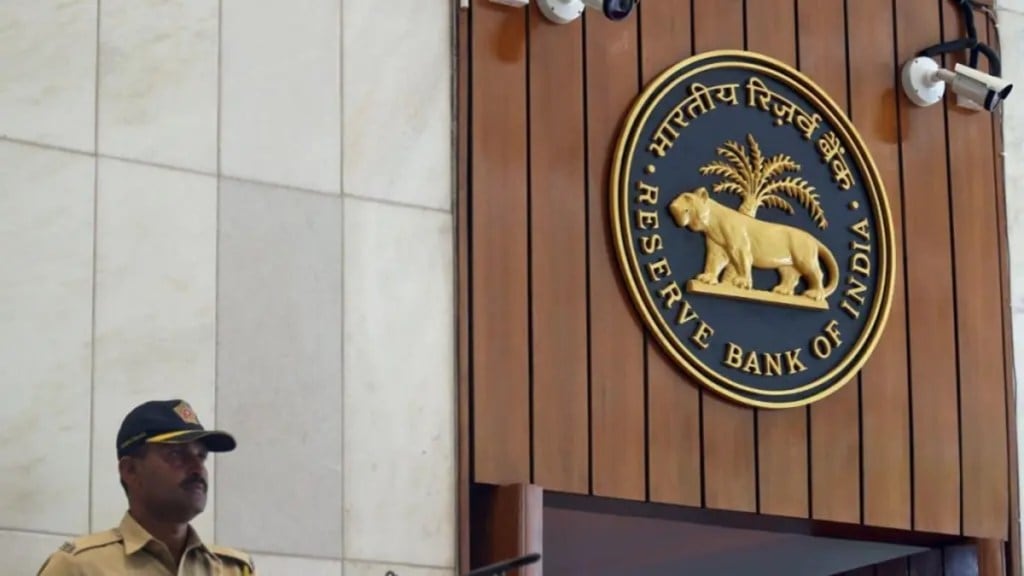By Dr Sarika Rachuri | Dr Badri Narayanan Gopalakrishnan
Monetary policy stances, when articulated, often reflect the longstanding theoretical debate of “rules versus discretion.” This framework remains a key underpinning in understanding central bank behaviour. The seminal work by Finn Kydland and Edward Prescott argued that policy credibility and effectiveness are maximized when central banks adhere to clear rules. However, in real-world conditions, especially under the fog of economic uncertainty, discretion tends to become a more pragmatic approach. Central bankers, though entrusted with targets such as inflation and growth, frequently rely on their judgment to navigate uncharted waters. The monetary policy announced on June 6th clearly followed a discretionary path, marked notably by a surprise fifty basis points rate cut—an action signalling the RBI’s readiness to act decisively, as well as a Cash Reserve Ratio (CRR) cut of 100 basis points kicking into the economy in September, as well as a change of monetary stance to neutral. The last time annual GDP growth went into a downward trend post the IL&FS (Infrastructure Leasing and Financial Services Ltd.) default in 2018, it reached the 4% handle, and then dived into a -6% handle during Covid. Decadal annual average GDP growth has been near 6%, and the objective seems to be to ensure a floor at this level since GDP growth has fallen to an estimated 6.5% (RBI estimates). Concerning factors are the slowdown in consumption, as well as the lack of investment capex, inspite of more than 4 years of fiscal pump priming of infrastructure buildup and spending.
This policy move came at an opportune moment. Inflation was contained within a comfortable range, giving the central bank the flexibility to stimulate growth without stoking price pressures. The RBI seized this window, understanding the delicate balance between risk and opportunity, seizing the gauntlet to frontload a push for lower rates to kickstart both, a consumption revival, as well as an investment capex revival to substitute the governments fiscal infrastructure push as deficit concerns surface as well as other vectors like defence take an increasing centre stage.
A second critical element that distinguishes this policy is the co-ordination between fiscal and monetary authorities. The recent tax sops and spending commitments announced by the Finance Minister laid a solid fiscal foundation. The RBI’s subsequent monetary easing ensured that liquidity conditions and the cost of capital aligned with the government’s growth ambitions. This lock-step coordination between North Block (Ministry of Finance) and Mint Street (RBI) is essential. History provides cautionary tales about the consequences of policy misalignment. The infamous 2013 taper tantrum is a case in point—loose fiscal policy combined with monetary tightening triggered capital flight, heightened volatility, and economic disruptions. By contrast, the current tax cuts by the
Finance Ministry, followed by the RBI’s rate cut, signal a co-ordinated approach to economic management that increases the odds of success.
Further marking a paradigm shift in this monetary policy is the RBI’s decision to cut the Cash Reserve Ratio (CRR). Unlike the repo rate, which is an indirect instrument signalling monetary intent, the CRR cut is a blunt and direct tool that ensures immediate liquidity infusion into the banking system. Historically, repo rate reductions have struggled with transmission issues, sometimes failing to lower borrowing costs quickly or evenly across sectors. By cutting the CRR by 100 basis points, the RBI sent a clear message that it intends not only to signal but also to execute liquidity support. This measure helps banks increase lending capacity instantly, an essential step to reinvigorate credit flow in a slowing economy.
The neutral stance of monetary policy adopted by RBI is itself a hallmark of discretion. Declaring policy “neutral” while opening the taps of liquidity is a subtle but important communication. It essentially says: borrow today at lower costs, because tomorrow is uncertain and the window for action may not remain open, and ergo “Que sera sera” — the time to act is now!
Despite the gloom brought about by global tariff tensions and a slowing world economy, the equity markets responded positively. The Nifty index rallied, banking stocks saw renewed buying interest, and investor sentiment improved. This reaction reflects confidence that the RBI is steering monetary policy with both prudence and boldness, adapting to evolving conditions while supporting growth. However, the bond markets did not move, reflecting the heavy overbought positioning of the main players. It will take time, and gradual pulling down of G-Sec auction yields over several weeks for yields to settle lower.
This monetary policy was a bold stab at arresting the trend of falling GDP growth and spoke clearly and decisively. By using discretion where necessary, acting in lock-step coordination with fiscal policy, and employing decisive instruments such as the CRR cut, the RBI has positioned the economy for arresting the downtrend despite adverse global headwinds. The policy embodies a pragmatic blend of theory and realpolitik — blending rules and discretion to address today’s complex challenges. For all that this policy sets in motion—in tone, action, and timing—it deserves not just two cheers but three.

